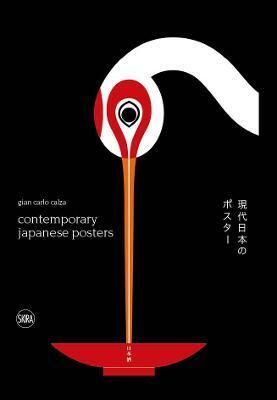Calza Carlo
autor
Poem of the Pillow and other stories
Shunga, such as the famous Japanese erotic pillow books, also known euphemistically as 'spring images', were vibrant, curious and explicit documents of sexual life, designed to inform, thrill and entertain. This book presents a comprehensive modern study on Japanese erotic art, illustrating a large selection of the best works from public and private collections from around the world. Far from being a separate genre, Shunga constitutes at least half of the output of all ukiyo-e art, and often the largest part of any given artist's production. Once surprising, this is now only recently beginning to be taken for granted, and the qualities usually given to the greatest masterpieces of ukiyo-e art, acclaimed for their subtlety, elegance, refinement and novel composition, are now being attributed to the blatantly pornographic images produced by the same artists. The social and religious attitudes of pre-modern Europe both prevented the appreciation of Shunga prints. The cultural context of pre-modern Japan was markedly different to that of Europe, and allowed a vibrant, uninhibited and widely circulated genre of erotic imagery to develop. Edmond de Goncourt first started to collect Japanese art works including Shunga prints, and published the first monograph on a Japanese artist in 1891. De Goncourt's interest in Utamaro gave sexualized prints particular importance, making them integral to the history of Japanese art and its reception in the Western world. Artists such as Edgar Degas, Vincent Van Gogh and Paul Gauguin among others were known for their love of Shunga prints and were influenced by the unusual framing and arbitrary colors of Japanese printing methods. Shunga notably came to the West during the Art Nouveau period when collecting Japanese prints became popular, and traces of Shunga styles and elements have visibly influenced this artistic period. The most famous and recognizable shunga work is Hokusai's depiction of a young woman being ravished by an octopus in his album "Pining for Love". Compared to Western perceptions of the nude and its associations with sex and the Christian concept of original sin, mere nakedness held little erotic interest to the Japanese viewer. This explains why Japanese erotica is so extreme in its sexual depictions and why many of the prints, paintings and scrolls illustrated in this book depict clothed or half clothed figures. Some Shunga images illustrate famous tales, while others present unrelated sequences of sexual tableaux, often depicting all ages from virginal teenagers to old married couples, as well as all types of sexual activities, be it masturbation, heterosexual, homosexual or group sex. Much if not most Shunga was published in book form, as opposed to the single sheets that dominate the 'normal' ukiyo-e market, which allowed pictures to be easily carried about and, importantly, stored unobtrusively. This is the case of Utamaro's famous album, "Poem of the Pillow", which is reproduced in this publication in its entirety, as are many albums notably by Hokusai, Harunobu, Kuniyoshi and many others. The book also illustrates some of the rarer Shunga works such as the beautiful handscrolls made by such artists as Kyonobu, Sukenobu and Shuncho. These demonstrate particularly the expressive vibrancy of color and interest in surface pattern that are aesthetically important in the Japanese print. Gian Carlo Calza's insightful text is accompanied by 350 color images, offering a great variety of examples from traditional Japanese erotica. The book comprises of a general introduction which sets the artists and their work in their social, historical and artistic context. The book is then organized by artist with a short text on each artist, introducing the illustrated works. The author references the latest in art historical scholarship, but this book is also aimed at readers who may not have specialist knowledge or extensive familiarity with Japanese culture.
Vypredané
41,75 €
43,95 €
Japan Style
Publikace o nejznámějším japonském designérovi přibližuje dosud nepublikované fotografie jeho prací. Edited by Naoto Fukasawa with essays by Antony Gormley, Jasper Morrison and others Naoto Fukasawa (b.1956) is one of the best-known Japanese product desi
Vypredané
60,30 €
63,47 €
Japanese Graphic Design
The best of Japanese graphic poster design, from the 1964 Tokyo Olympics to the Issey Miyake logo
This book brings together the best of Japanese graphic poster design--from the 1964 Tokyo Olympics to the creation of the Issey Miyake logo, and from the Osaka Expo to the official poster for the Pan-Pacific Design Congress. Japanese contemporary posters are considered to have started in the mid-'50s, after World War II and following a period of depression, post-militarism and post-autarchy. This new expressive mode was fueled by stimuli from abroad, but it was also a chance to reinterpret traditional themes and colors, bringing them into modernity in refreshing and fruitful ways. In the maze of expressive forms that flourished in Japan during the postwar period, graphic design stands out as a precious tool for following the thread of national creativity and the intense permanence of traditional aesthetic sensibility through these new forms.
Over half a century after the inception of graphics and with the coming Olympic Games taking place in 2021, this volume takes a wide view of the trends and aesthetic shifts that can be traced in the development of graphic design in Japan. Contemporary Japanese Posters includes 85 graphic designers and 756 posters. It is the most complete volume on the subject in any language.





